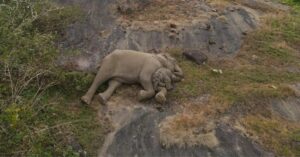Exclusive: What Goes Into Clicking Viral Wildlife Pics That Stun The World
Mithun, the photographer behind the majestic couple, Bagira and Leopard, and Sarosh Lodhi, who created the optical illusion with two Zebras, share what it takes to have a flourishing career in wildlife photography.

Two dazzling zebras trot nonchalantly in the fabled kingdom of Maasai Mara, along the Tanzanian border in Kenya. Sarosh Lodhi, a wildlife photographer, is ready with a camera, waiting for the African equines to nuzzle or cuddle. Few co-travellers also follow suit.
Hands still, eyes glued to the zebras and pin-drop silence.
In a fraction of second, he clicks a stunning photo creating an incredible optical illusion.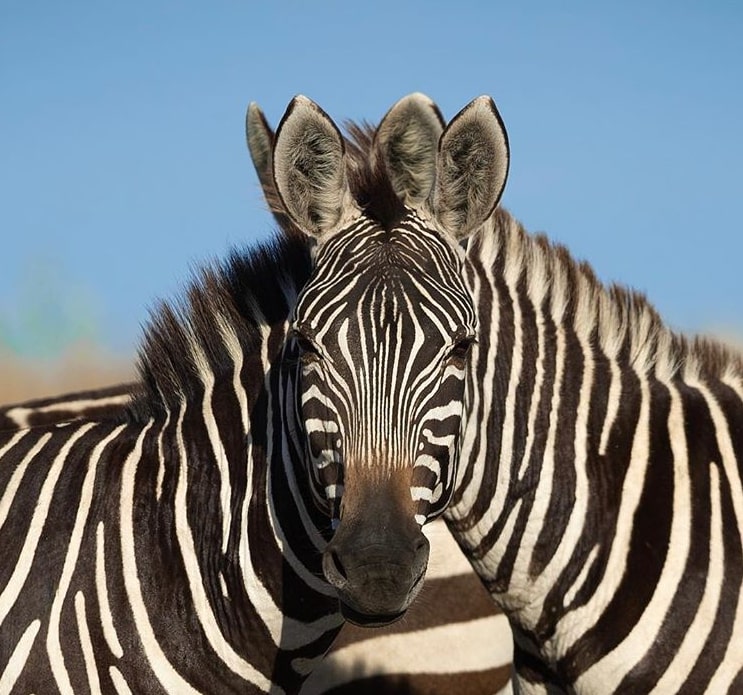
The two zebras are standing in front of each other, but the image shows one head, four ears with one of them looking straight into the camera. This photo created a stir on social media as it left netizens guessing which head belonged to which zebra.
Closer home, another striking shot went viral in the same week.
Fondly labelled as ‘The Eternal Couple’, Cleopatra, a black panther, along with her mate, ‘Saaya’, a leopard, can be seen staring straight into the camera lens.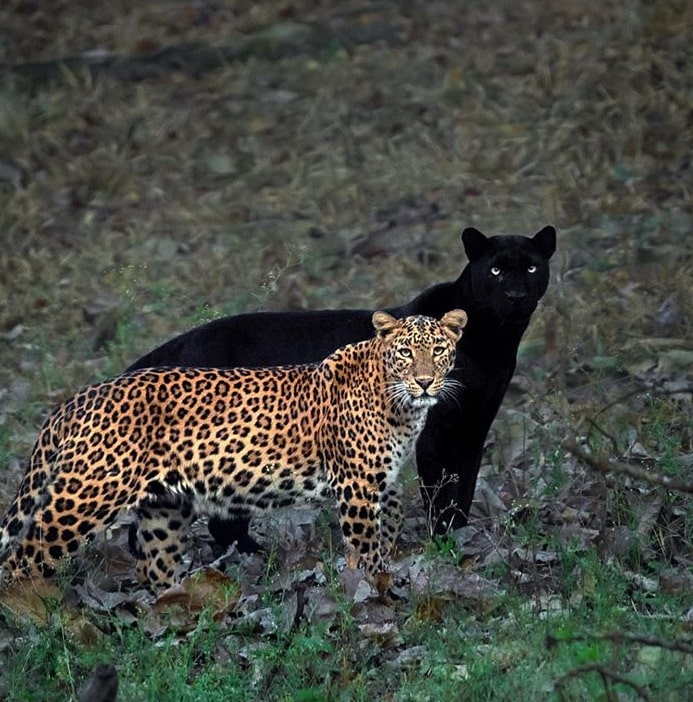
This royal picture was taken in the winter of 2019 in Karnataka’s Kabini forest by Mithun H, also a wildlife photographer. Mithun took the mesmerising shot after waiting for six days in the same spot.
Sarosh’s detailed knowledge of animal behaviour helped him capture what others couldn’t. Meanwhile, for Mithun, it was the virtue of perseverance and patience that aided him to produce a once-in-a-lifetime shot.
The Better India spoke to both wildlife photographers to get an insider’s perspective on wildlife photography, a craft that is now becoming a fad, thanks to social media. We also understand the difficulties and challenges of this “expensive” career path and how it helps promote animal conservation.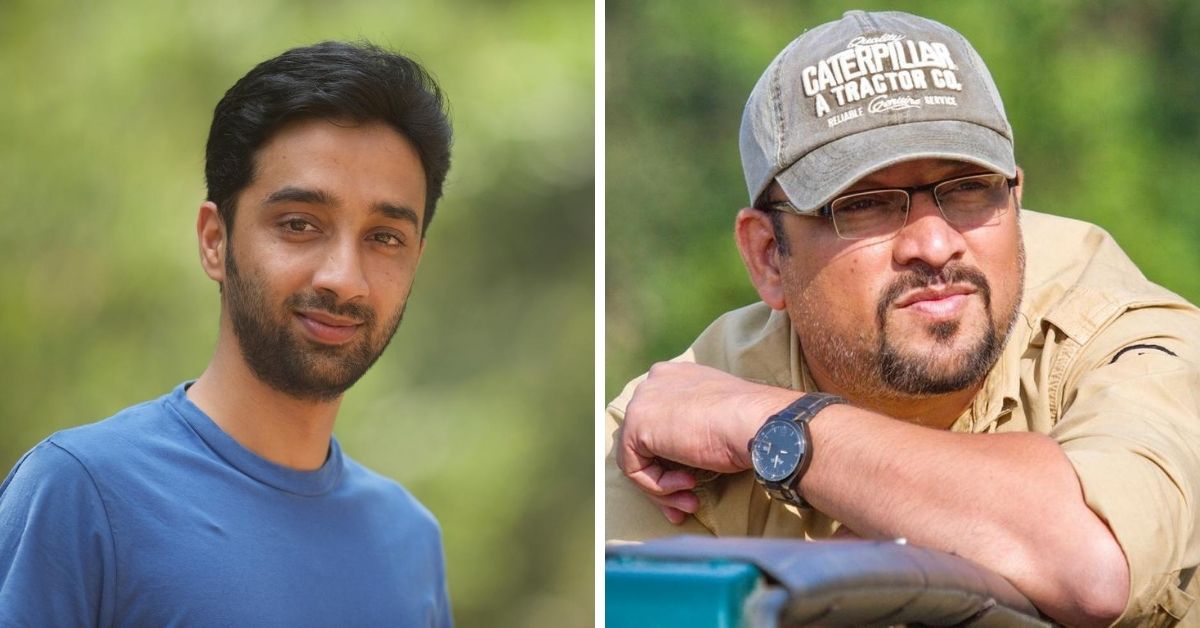
“In a nutshell, wildlife photography is about putting the subject (animals) above the art (photography). You cannot document the wildlife and their habitats if you lack patience. Remember, here, the subject is not in your control,” says Sarosh, who is an influencer with Nikon.
Midhun adds, “The most crucial aspect is to respect animals. Don’t see it as a long boring wait but instead, focus on the thrill and excitement that it brings.”
What Does It Take To Be A Wildlife Photographer?

Before diving into how to click a magnificent photo, it is important to understand the reason or motive behind entering this field that began as a genre to document wildlife.
This is also because financial investments are high in the beginning, and expecting returns is futile. Plus, the goal of capturing specific animal movements or frames is not easy to accomplish, despite all the effort in getting the right equipment, energy, and time.
Even if one manages to capture their dream shot, getting the right price is not easy. It is a one-person army where the photographer has to market their product.
Mithun was fascinated with the animal kingdom as a child. Since his father was a forest official, he was introduced to wildlife and forest conservation at an early stage, which later influenced his career path.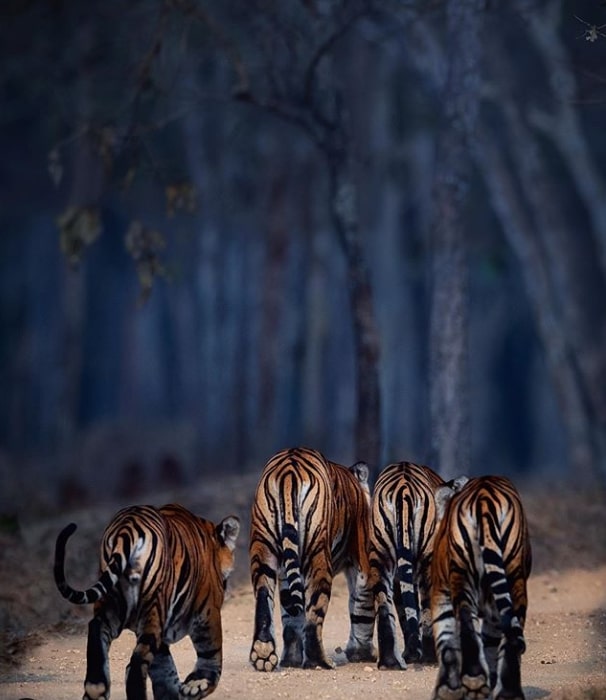
“The bug of spotting wildlife in the luscious jungles of South India caught on early. I would not leave a single opportunity, always being ready with my binoculars to gaze at the breathtaking views of nature,” he recalls.
He went on to pursue wildlife photography as a hobby until his graduation in Electronic Engineering. “There is only one life, so why not do something that gives you unconditional happiness and satisfaction. I convinced my parents, purchased my camera, and hopped on the safari of a lifetime.”
However, quitting the profession that gives you a stable income is not a hard and fast rule, says Sarosh, who runs his business in Nagpur.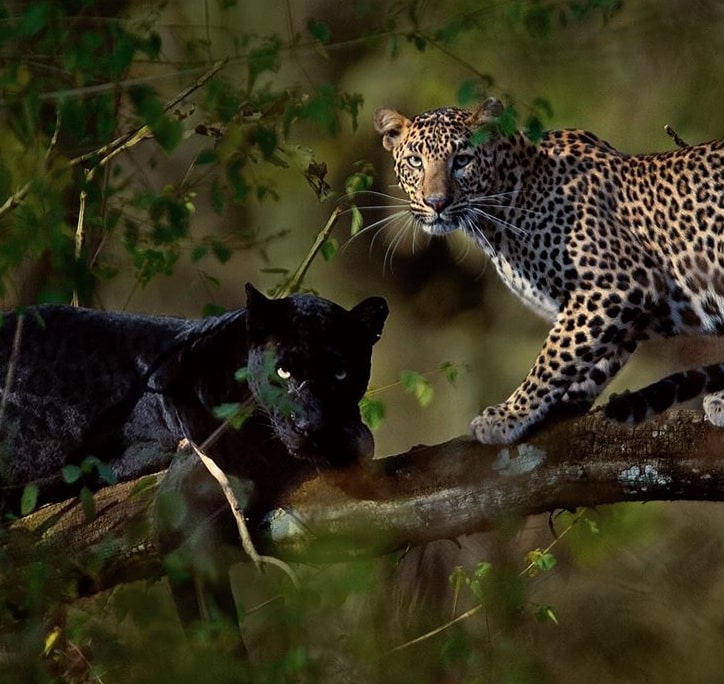
He started wildlife photography in the 90s when this activity was not in the mainstream. A chance visit to Kanha Tiger Reserve in Madhya Pradesh with a friend showed the beauty of animals living freely in nature.
“Entering that forest was a different world; there was fresh air, a dash of oxygen and the movement of wild cat species. I captured a tiger with a point-and-shoot camera. The thrill and anticipation of developing the camera roll and witnessing the frame attracted me to this genre of photography. I knew I wanted to experience this adrenaline rush again. My father taught the basics, and that’s how my journey began.”
Both Sarosh and Mithun are self-taught photographers who worked diligently to hone their craft. Their love and passion for exploring forests, capturing the most majestic creatures, and bringing them alive in a photo worked in building their respective careers.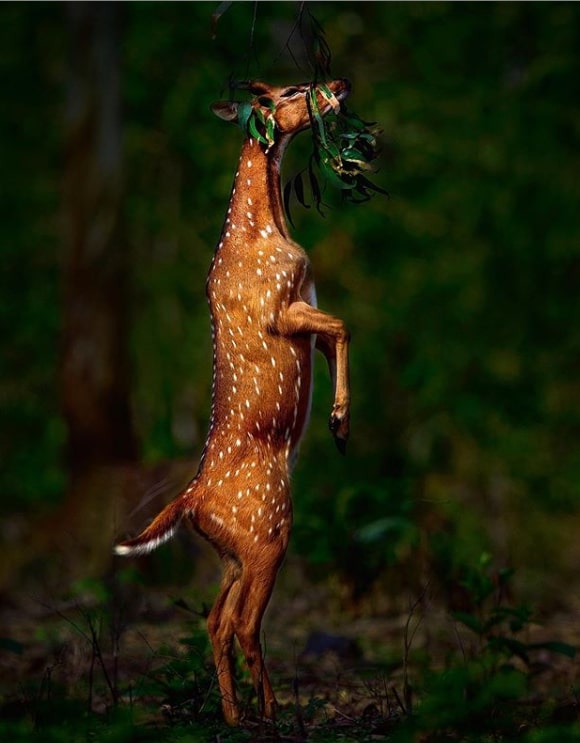
So, how does one kick start their career?
“Just take your camera, enter the jungles and start taking pictures. Learn to be familiar with the forests and the animals on-field. My very first shot of a blue kingfisher sitting on a lotus taught me a lot. Colours, background, the position of the bird and so on, almost 90 per cent of the shot was a mess,” says Mithun.
He warns budding photographers to have the right intention for clicking a picture. Focus on your frame instead of how much money it can churn out, he says.
For camera specifications, Sarosh recommends undergoing photography courses. “Learning the nuances of photography and specifications of gear will tremendously help you in a scenario when the subject is unpredictable.”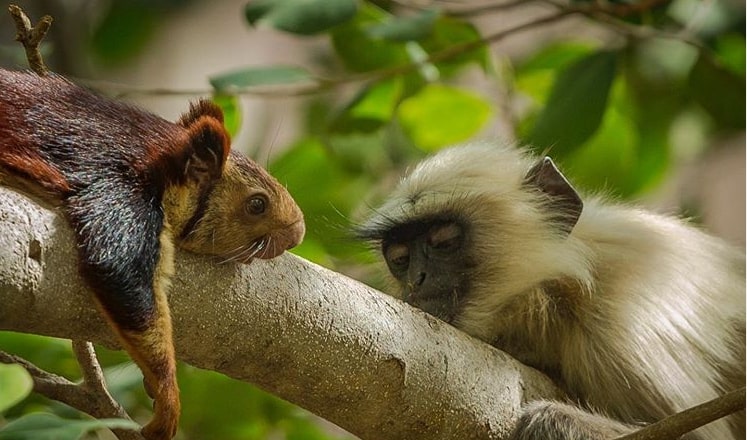
Of course, with technological advancements, varied camera and lens options are an added benefit.
Wildlife photography, no doubt, is gradually becoming a mainstream profession with the advent of social media, travelling possibilities and access to high-tech equipment. But every budding wildlife photographer should take note of the responsibility that comes with it.
The duo also vouches for having a support system. They credit their family members who are a constant source of encouragement.
Summing up, both experts believe that a prerequisite for this field is to have enough passion and respect for wildlife.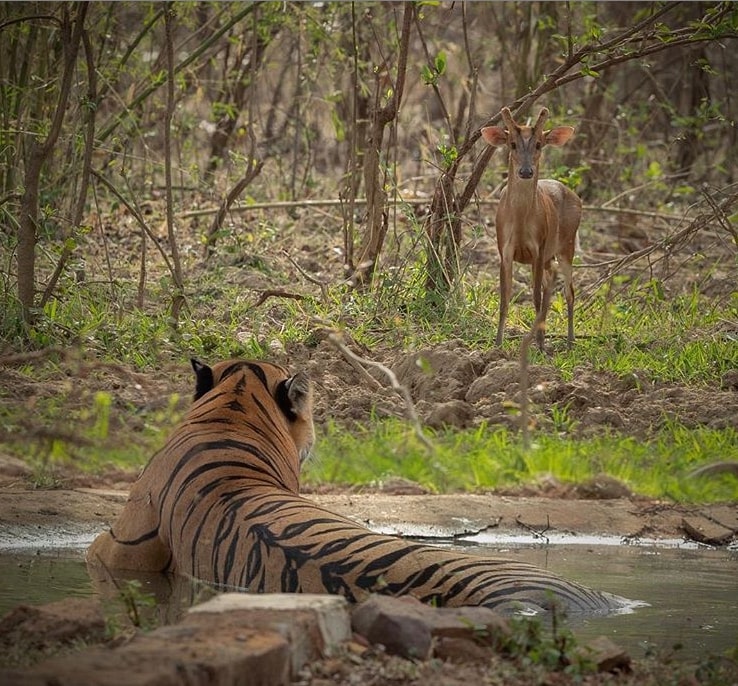
How to Act On Field
Sarosh and Mithun emphasised giving animals space in their territories. Intruding on their space can severely impact the behaviour of the species and create habitat disturbances.
Another important aspect is to listen to locals and tourist guides who are well-versed with the area and its many species.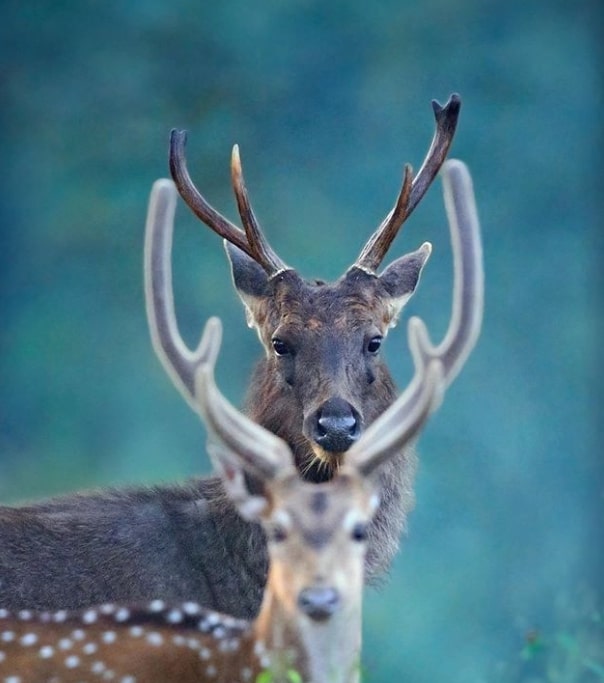
More often than not, photographers or tourists park their vehicles to block the animals to get a perfect frame. In 2010, a tigress was found dead under mysterious circumstances in Bandhavgarh Tiger Reserve, Madhya Pradesh. It was later revealed how a vehicle had caused serious injuries to the mother of three cubs.
In 2011, the BBC had received a lot of flak for staging the birth of a polar bear using artificial snow.
“If you do not get the picture of the animal you sought to click, don’t be disheartened or adopt unethical practices to suit your needs. Do not be one animal-centric. Come back again the following day and wait at the same spot. The key is to sit and observe. Do not be uncaring with your despicable actions,” says Sarosh, who once waited weeks to capture the picture of a tiger sipping water from a pond.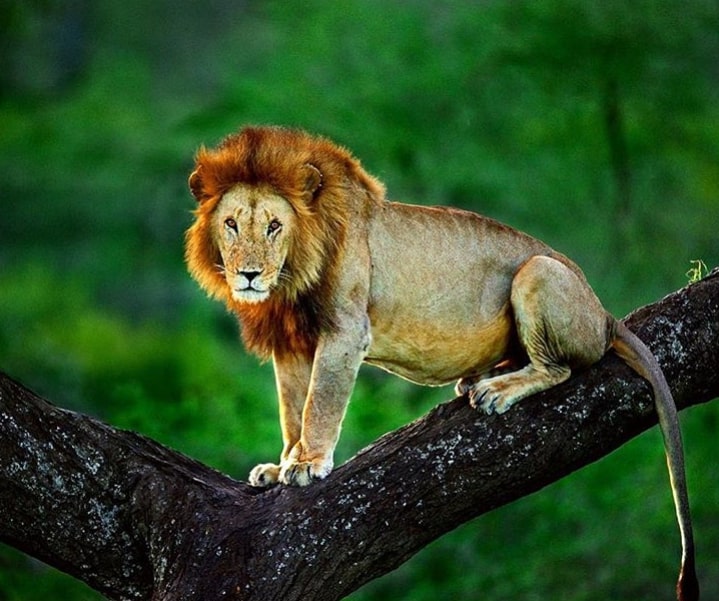
Some other Dos and Don’ts:
- Before entering a reserve or forest, study the distinct personalities of wild animals. Then, study the animal and identify its most frequented spots. Base your frames on the anticipation of their moves.
- Since the model cannot be given instructions, always keep the camera ready and do not fiddle with the settings.
- Do not wear bright clothes, but opt for ones that camouflage you with the jungle.
- Do not speed vehicles, maintain silence, avoid going in groups and do not crowd the animal. Strictly avoid catcalling, shouting, hooting and playing loud music.
- Take binoculars to spot the animals and always maintain enough distance for safety purposes. Draw a safe imaginary boundary line.
- Carry back all the trash you have generated. Discarding plastic bottles and wrappers can severely hamper the natural habitat.
- Follow the guidelines of the reserve and be ethical about not clicking pictures when animals are feeding or nesting.
The Role of Wildlife Photography In Animal Conservation
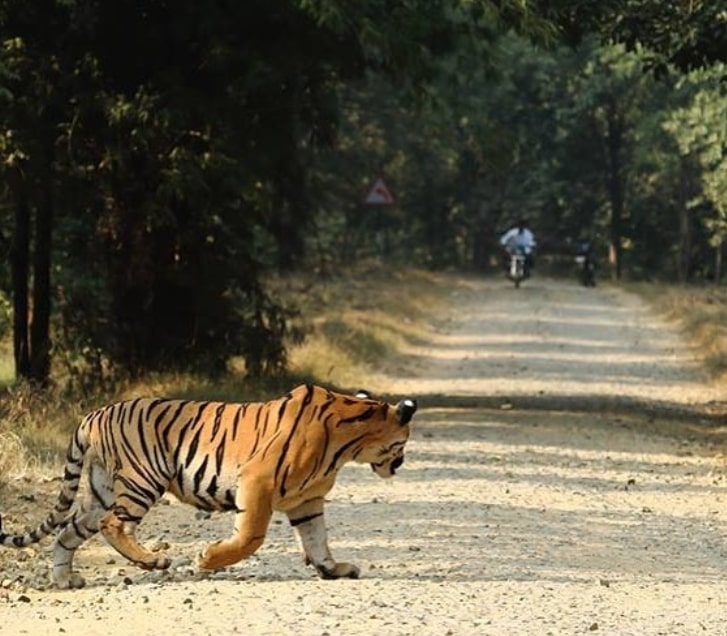
Wildlife photography has played a significant role in conservation and, most importantly, spreading awareness. In a world where attention spans grow smaller, a photograph can convey more information quickly.
Take, for instance, a recent internet viral video of elephants struggling to enter the forests due to the man-made barricades in Tamil Nadu. It raised eyebrows about humans encroaching in their space.
Likewise, a well-shot picture or video can educate people regarding the behaviour of different species.
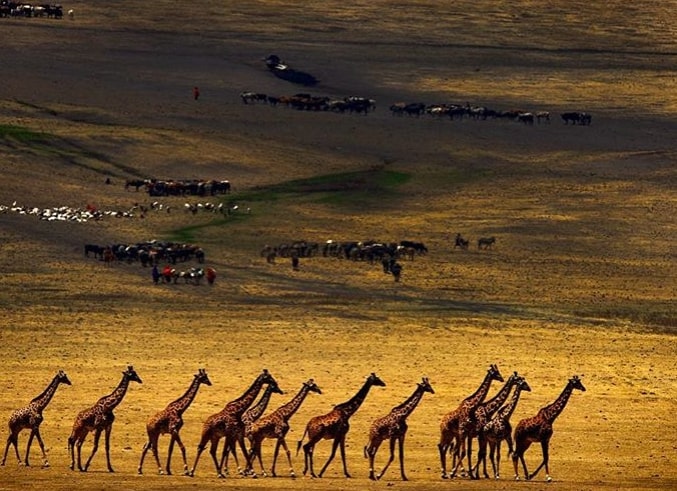
“We may not directly work towards conservation, but learning about various species and their problems can help us foster a dialogue with the forest officials and locals. Our knowledge can help bring policy changes and mitigate conflict. Even putting an image on social media with facts about the animal can do wonders. Posting a picture from a relatively unexplored or unknown place can boost tourism, and in turn, benefit the locals,” points out Mithun.
He has worked extensively with various forest departments and conservationists to highlight the plight of animals and locals, poaching being the biggest.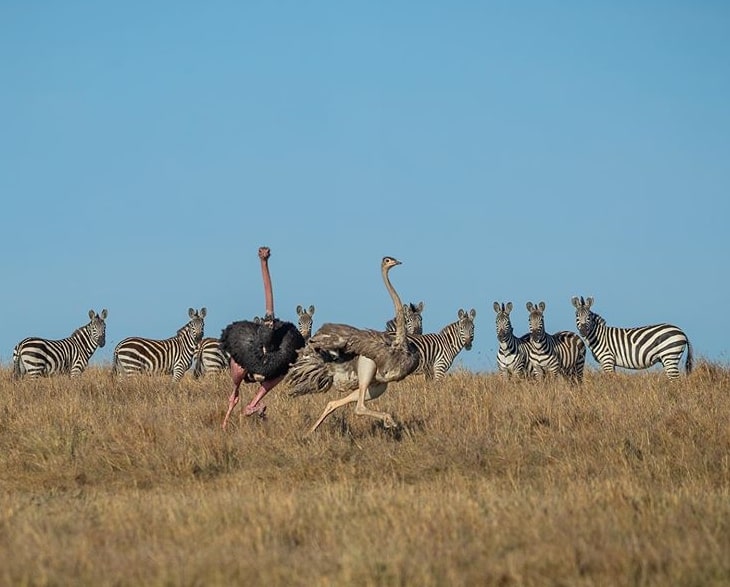
Five years ago, Sarosh co-founded Conservation Lenses & Wildlife (CLaW), a people’s group to raise awareness about animal welfare and aid locals. He says, “We discuss issues like linear development at the cost of nature or animal habitats and strongly advocate mitigation measures. We also run campaigns on missing or injured animals, drawing the attention of the authorities.”
From helping authorities with numerical data on animals, and auctioning photos to raise money for the welfare of locals, the organisation has been engaged in several activities.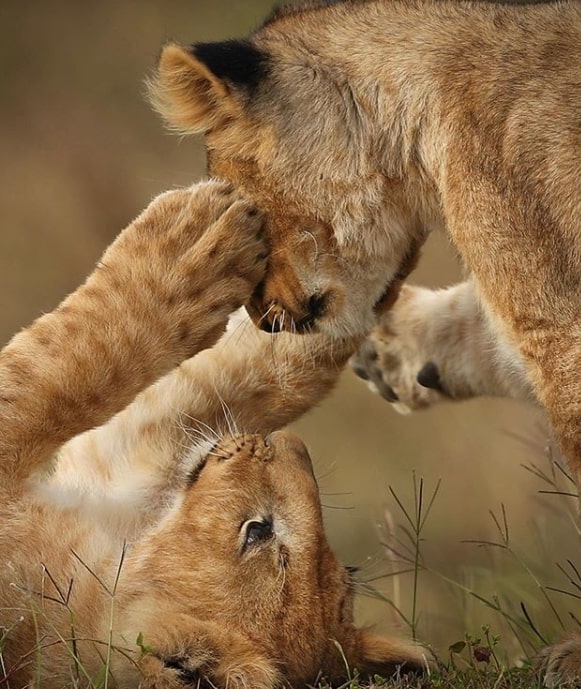
Besides, this profession has also brought changes in their personal lives. “I am very conscious of energy consumption and learnt to adjust with harsh climatic conditions. My tolerance and patience have certainly increased,” says Sarosh.
For Mithun, the biggest takeaway is living in the moment. “Animals have taught me how important life is. They don’t worry about the future or brood about the past. For them, taking care of today is enough.”
(Edited by Shruti Singhal)
This story made me
- 97
- 121
- 89
- 167
Tell Us More
We bring stories straight from the heart of India, to inspire millions and create a wave of impact. Our positive movement is growing bigger everyday, and we would love for you to join it.
Please contribute whatever you can, every little penny helps our team in bringing you more stories that support dreams and spread hope.






